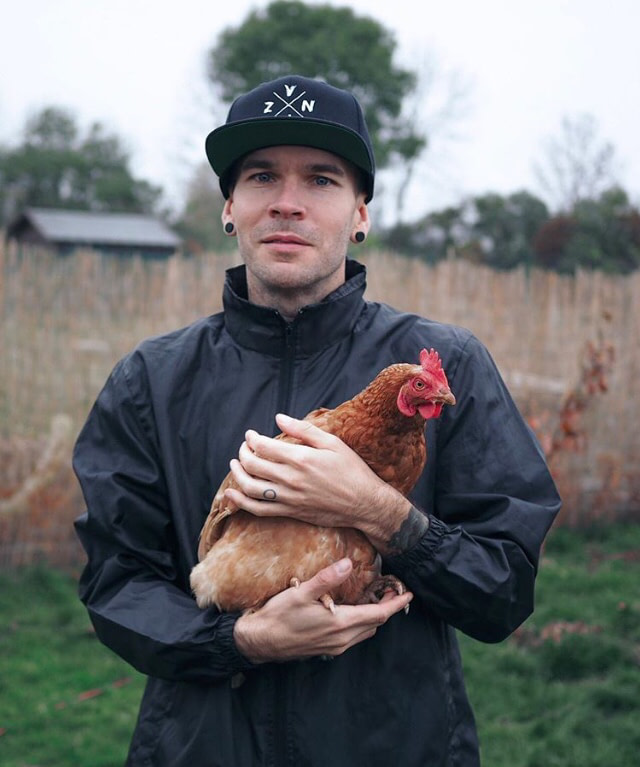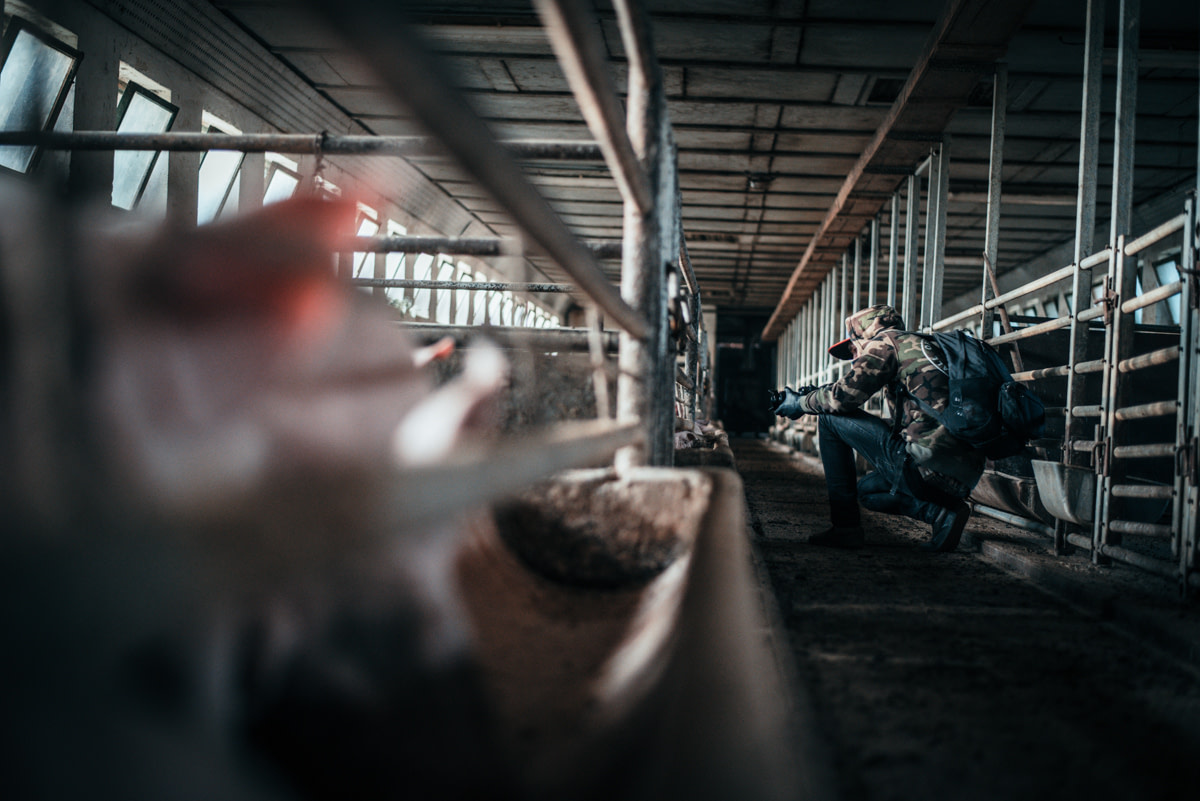Interview with Photographer and Activist Lukas Vincour

We spoke with Lukas to learn more about his thought-provoking work.

Lukas Vincour (LV): Animals came first and then photography. I went to protests, we visited animal farms, and there wasn’t really anyone to document it. That’s why I took a camera in my hand and recorded everything. Since then, investigating and documenting animals has made tremendous sense to me. The camera is my non-violent weapon to help liberate animals.
LV: Photography is my passion, but documenting abused animals is always traumatic for me. It hurts my heart to see the horrific conditions they are forced to live and die in. But I always return home, to safety, and leave those hundreds, thousands of individuals behind closed doors. It’s hard to live with that feeling, but I believe that their recorded fates will help make a difference. And that’s the biggest challenge: getting into the places that the animal industry guards so closely and showing the reality that would have otherwise remained hidden.
LV: It’s hard to pick one particular photo, but I often think of a goat imprisoned in an insemination station. He was fixed there by the head, and the employees were inserting an electroejaculator into his anus and collecting semen. He was looking at me, trembling terribly, and there was so much fear and helplessness in his eyes. The look on his face said it all.
LV: There are relatively few people in the Czech Republic who are involved in animal photojournalism. It is more about individuals. But there are quite a few young people who follow animals and share their stories on social media. A lot of skilled documentary photographers in our country are more focused on social issues, protests, nature etc.
LV: As a documentary photographer, I don’t interfere in the scene and mostly try to shoot from the animals’ point of view. There is often little time and a lot of stress involved in the photography, but I compose in such a way that the atmosphere of the place or the victim is transferred to the viewer and the emotions are felt. Even if I am a mere observer, I work with the angle of the shot, the light and the situation to make the viewer feel that they are in the place with me.
LV: A great inspiration in animal photojournalism for me is definitely Jo-Anne McArthur, whose work I have followed since the beginning of my efforts to document the lives of animals. I would also like to mention Andrew Skowron and Human Cruelties from Poland and Aitor Garmendia from Spain.
LV: In my backpack I mostly have a wide angle lens, one portrait lens, a telephoto lens and an led light.
LV: The places where animals are imprisoned are absolutely non-transparent, in fact it is one of the most hidden industries ever. The owners of these farms have no interest in making what goes on inside public. That’s why journalists and the media should focus on this cruel reality. To show that behind the misleading advertising of animal products there is a lot of pain and suffering of innocent beings.
LV: We are currently working on a new documentary, Teenage Activists: Life in a Non-Vegan World. This will give a glimpse into the world of teenagers who have a level of compassion so high that they choose to expose themselves to the bullying and misunderstanding of mainstream society. The aim of the documentary is to break down preconceived notions about vegan diets in children and empower a generation of young people to push for a better world. I am also working on getting more photographs and would like to publish a book of my work soon.

More like this from We Animals Media:
Interview with Filmmaker Miguel Endara
by We Animals Media | May 19, 2022
Interview with Photographer and Activist Gabriela Penela
by We Animals Media | Oct 2, 2021













